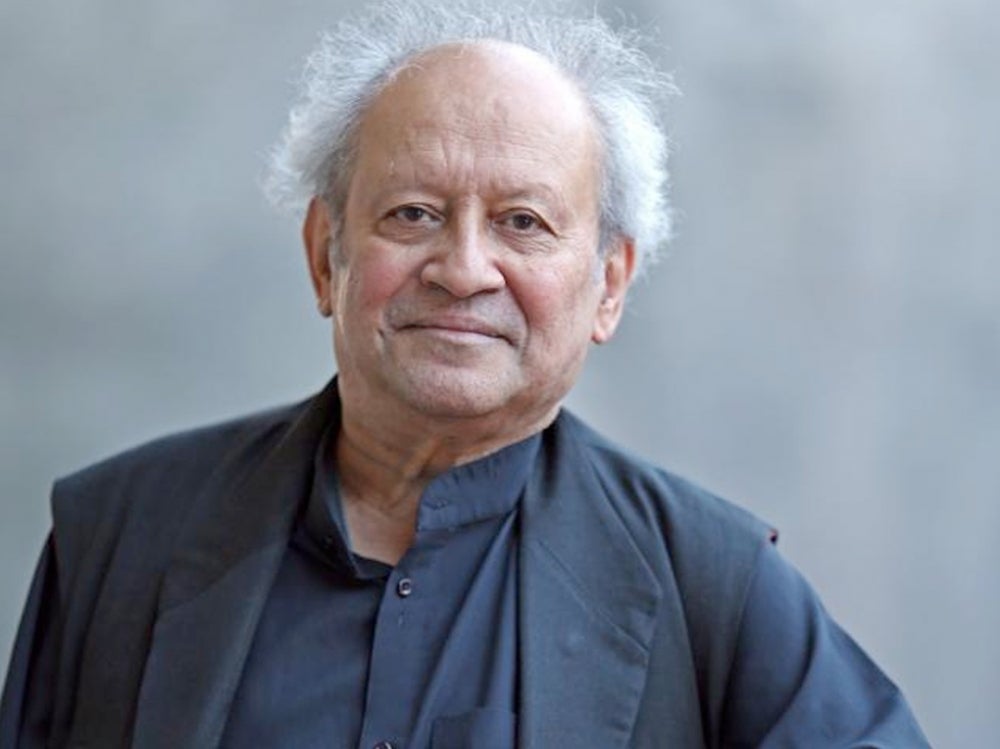
Audiovisual Avant-Garde
To the uninitiated, the collaboration between musician and machine may be confined to synthesized ‘80s new wave pop. For fans of famed composer Clarence Barlow, it goes much deeper.
Barlow — who served as the UC Santa Barbara Department of Music’s Corwin Endowed Chair and Head of Composition from 2006-2019 — is known for pioneering the field of electroacoustic and computer music. He has also garnered acclaim as an author and — to explore his interest in realizing difficult pieces — a developer of software that can compose and notate unplayable rhythms into readable form.
Barlow returns to campus this week in a pair of appearances featuring his computer-aided compositions and avant-garde filmmaking.
Now based in Barcelona, this post-retirement visit to campus was initially planned for April 2020 and postponed several times during the pandemic.
“I'm very happy to come back to Santa Barbara and UCSB,” Barlow said. “It will be great to renew old contacts in person.”
The first event, “The Films of Clarence Barlow,” 7 p.m., Tuesday, Nov. 1, at Pollock Theater, will screen six films, ranging from Uccelli Ungheresi (1988) to Evanescent Evidence (2021). The films illustrate Barlow’s compositions through visual media and aim to expand a viewer’s understanding of his approach to tonality and metricism. The screening is sponsored by the Carsey-Wolf Center.
From an early age, Barlow has said that musical notes have expressed themselves not only as sounds but also, in his head, as different colors. He saw green when he heard an F note and has described E-flat as “a wonderful blue.” Starting around the mid-’70s, he started hearing music through lenses of color; soon thereafter, he started seeing images as a source of music.
“Clarence Barlow is a renowned avant-garde composer originally based in West Germany for which film and video are extensions of his work,” said Peter Bloom, chair of film and media studies, who will be moderating the screening. “The films and video are more akin to contemporary installation art and that can be understood as aesthetic experiments about a range of themes featuring the role of the music in driving the image.”
The second event, hosted by the Center for Research in Electronic Art Technology (CREATE) takes place at 7:30 p.m., Friday, Nov. 4, at Lotte Lehmann Concert Hall.
“Permutations and Combinations” will feature the algorithmically-composed music Barlow has pioneered since the early 1970s. Brought up in an English Catholic household in Calcutta, Barlow started composing piano music when he was 11. He began his study of electronic music in 1968 in Cologne; in 1971, he started using computers as compositional aids.
The concert also features appearances by CREATE Associate Director Curtis Roads, chair and professor of media arts and technology; alumnus Rodney Duplessis; Ph.D. student Drew Flieder; and Paris-based composer Anne Sèdes.
Both events are free.



